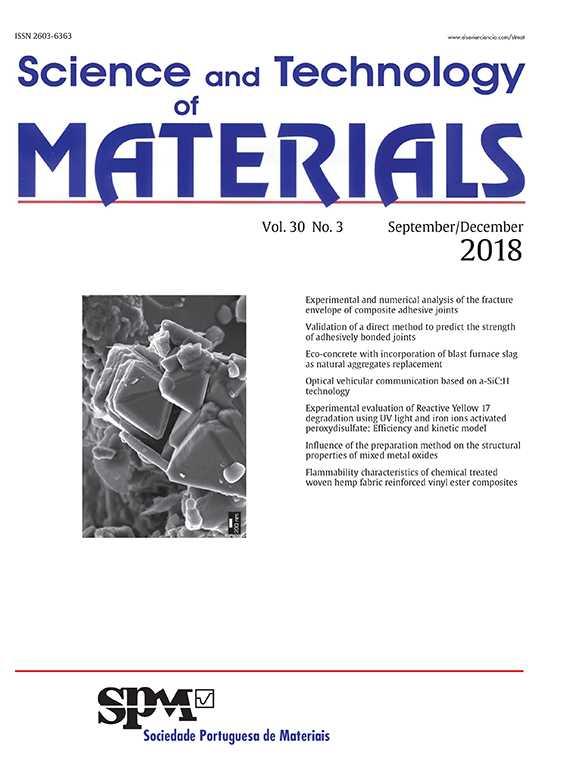Most of titanium aluminide (TiAl) castings used in the automotive and aeronautical industries, such as turbines, are high added- value parts with complex geometries. Due to high reactivity of TiAl cast into ceramic moulds, most of the castings require post- processing in order to remove a brittle surface layer named alpha case. Furthermore, the complex geometry and thin walls of this type of components makes difficult to cast net shape parts; so, near-net shape components with machining allowance are often produced to improve mould filling (better fluidity). To solve this technological limitation, the chemical milling process is used to eliminate this layer and the machining allowance. In bibliography there are only a few systematic studies about the influence of chemical milling in TiAl surface castings. So, this experimental work seeks to contribute to understand the influence of this finishing process on the TiAl castings surface quality (dimensional accuracy, roughness and microhardness) and intends to establish which of the two chemical solutions tested is better for chemical milling of TiAl castings.
Información de la revista
Acceso a texto completo
Effect of the chemical milling process on the surface of titanium aluminide castings
Visitas
1497
Rui Neto, Teresa Duarte
, Jorge Lino Alves, Francisco Torres, João Pinto
Autor para correspondencia
INEGI, Faculty of Engineering, University of Porto, Rua Dr. Roberto Frias, 4200-465 Porto, Portugal
Este artículo ha recibido
Información del artículo
Abstract
Keywords:
Chemical milling
titanium
titanium aluminide
investment casting
El Texto completo está disponible en PDF
References
[1]
W.J. Boettinger, et al.
Metall. Mater. Trans. B, 31 (2000), pp. 6
[2]
J. Barbosa, C.S. Ribeiro, A.C. Monteiro.
Intermetallics, 15 (2007), pp. 7
[3]
M. Altindis, et al.
Adv. Eng. Mater, 13 (2011), pp. 4
[4]
K.S. Chan, et al.
Metall. Mater. Trans. A, 39 (2007), pp. 1
[5]
P. Teresa, Duarte, J. Neto Rui, Félix Rui, Lino F. Jorge.
Mater. Sci. Forum., (2008), pp. 587
[6]
A. Spear, A. Ingraffea.
Corros. Sci., 68 (2013), pp. 144
[7]
D. Tomlinson, J. Wichmann.
NASF Surf. Technol., 78 (2014 June 1-7),
White Papers
[8]
J. Arredondo, B. Colleary, S. Miskell, B. Sweet.
BS Project Report.
Worcester Polytechnic Institute, (2010),
[9]
ASM Handbook.
ASM International, (1989),
[10]
A. Labak.
BS Project Report.
Worcester Polytechnic Institute, (2010),
[11]
W. Say, Y. Tsai.
Surf. Coat. Technol., 176 (2004), pp. 337
[12]
Y.L. Chen, Chemical Milling of Titanium, US Patent 4,900, 398, 1990.
[13]
F. Torres.
MSc thesis.
Faculdade de Engenharia da Universidade do Porto, Porto, (2014),
[14]
T. Barrigana.
MSc thesis.
Faculdade de Engenharia da Universidade do Porto, Porto, (2013),
[15]
J. Pinto.
MSc thesis.
Faculdade de Engenharia da Universidade do Porto, Porto, (2015),
Copyright © 2017. Portuguese Society of Materials (SPM)





